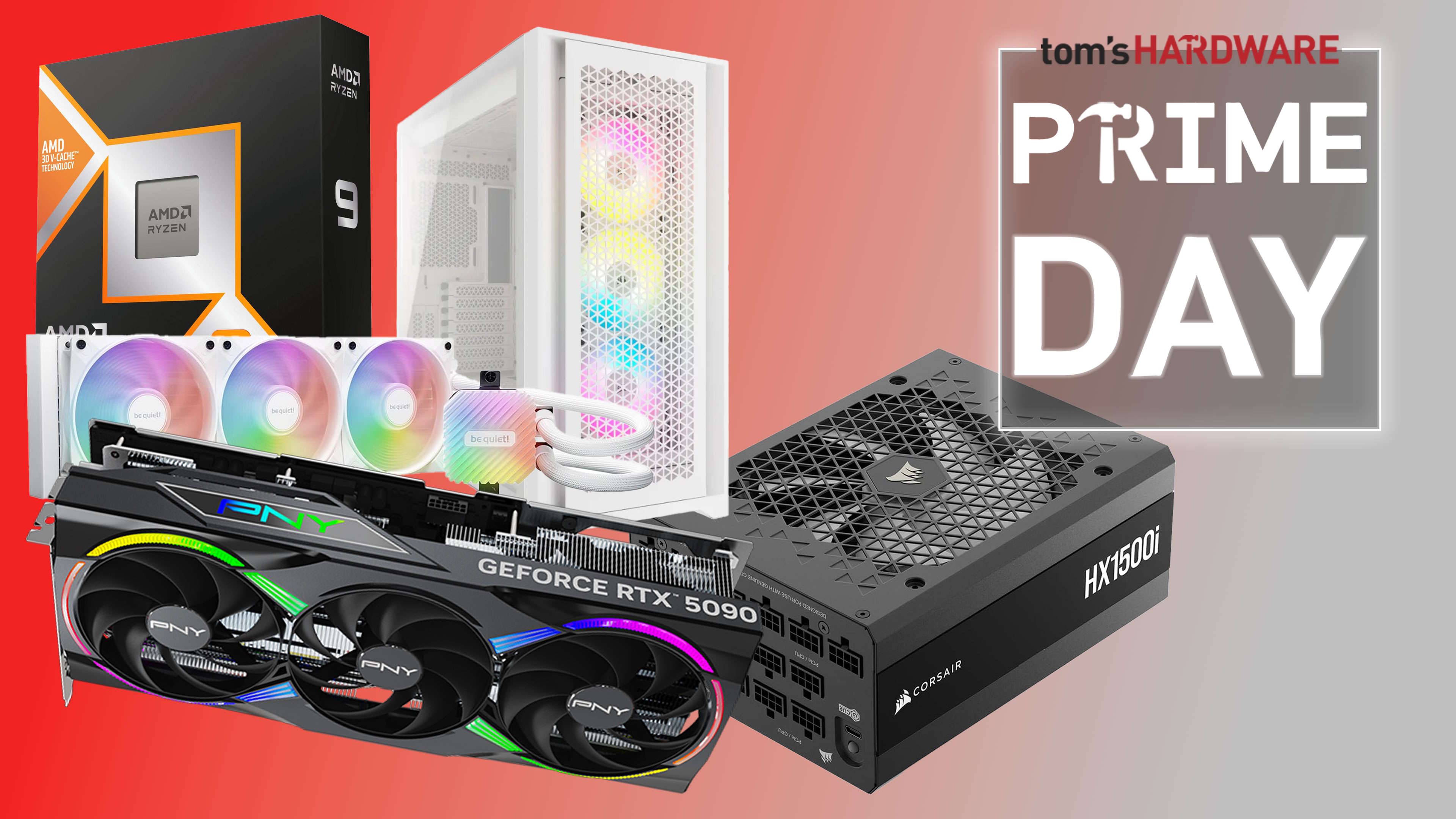
This week on PC, two major PlayStation 5 timed exclusives— Final Fantasy XVI and God of War: Ragnarok— are launching on PC. AMD released a preview driver today, while Nvidia has benchmarks for the two games, showcasing what sort of performance we can expect from these AAA console ports. As usual, Nvidia’s benchmarks highlight performance on RTX 40-series GPUs with and without DLSS 3 Frame Generation enabled, while AMD’s patch notes include several game fixes and improvements to Radeon Boost and HYPR-RX, the latter dubbed HYPR-Tune.
Final Fantasy XVI launches today, September 17, while God of War: Ragnarok drops on September 19. Of the two, FFXVI almost certainly benefits more from the PC porting, since Ragnarok is a cross-gen title that looked perfectly fine on PS5. FFXVI on PS5 was stuck with AMD’s FSR 1 when targeting 60 FPS, and it looked horrendously blurry, detracting from the blend of high-finesse action combat and intricate RPG strategy that makes FFXVI shine.
The PC ports of both games will support modern frame generation and upscaling technologies from both AMD and Nvidia. Of course they’ll also allow for uncapped framerates, ultrawide resolutions, and other things we’ve come to expect from PlayStation-to-PC ports in the past few years. If you have a powerful PC and don’t plan on buying a PlayStation 5 Pro, this should be the definitive way to experience the two games.
The performance benchmarks touted by Nvidia showcase the expected 2X FPS improvement once DLSS 3 FG is enabled in FFXVI — but more importantly, they show that everything from the RTX 4060 up to the 4090 can achieve a playable (40-60) FPS with DLSS 3 and maximum settings before enabling frame generation, at least at 1080p. At 1440p and 4K, reaching those higher targets is best left to the higher-end RTX 40 cards, like the RTX 4070 Super and above. Ragnarok runs quite a bit faster, which isn’t too surprising since it’s a different type of game and is less likely to get bogged down.
Nvidia also mentions a few other games, including the Dead Rising Deluxe Remaster that launches on September 19 and will include DLSS 3 and Reflex support on launch. It runs on the same RE Engine used by Street Fighter 6, Devil May Cry 5, and the modern Resident Evil games, so it’s had quite the significant visual overhaul since the original game’s 2006 release.
As always when discussing frame generation, it’s important to note that no amount of tech wizardry or snake oil is going to make a game rendering at 30 FPS internally have the input responsiveness of a game running at 60 FPS internally. While the visual fidelity of frame generation solutions — which should more accurately be called frame smoothing or frame interpolation — does continue to improve, it doesn’t change that input lag issue. 120 FPS with framegen means the input happens at 60 FPS, and thus the game feels like it’s running at 60 FPS; 60 FPS with framegen will feel like 30, etc. This is why you want to hit a playable FPS before enabling FG, lest you get a game that looks sort of playable at, say 30-40 FPS, when your inputs are actually slide-showing at 15-20 FPS internally.
Meanwhile, AMD’s preview Adrenalin Software 24.20.11.01 Release Notes detail numerous fixes and improvements for games including FFXVI, Ghost of Tsushima, Black Myth: Wukong, and Warhammer 40,000: Space Marine 2. Pre-launch support has also been added for Frostpunk 2, God of War: Ragnarok, and The Sims 4 DirectX11 Update.
Beyond the miscellaneous fixes, the most compelling part of AMD’s preview driver update at this point in time is the “Expanded HYPR-Tune Support.” AMD’s HYPR-RX is a global solution that enables frame generation via AMD FMF 2 instead of FSR 3, alongside other latency reduction measures. However, it’s not quite as good as proper in-engine Anti-Lag and frame generation support. HYPR-Tune will now enable in-game AMD FSR 3 upscaling, framegen, and Anti-Lag options if they’re available, which is preferable to defaulting to AFMF 2.







